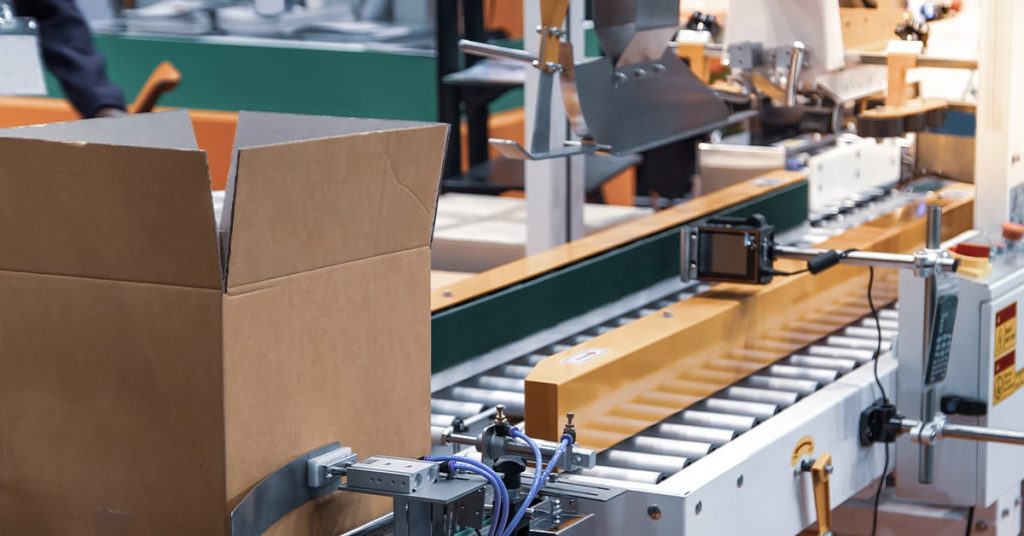Tracking and tracing components throughout their assembly process is crucial for ensuring quality, efficiency, and compliance in manufacturing. It’s a system that provides full visibility into a product’s journey, from its raw materials to the final assembled item. This blog post will dive into what Track and Trace is, why it’s so important in component assembly, and how it’s implemented.

What is Track and Trace?
Track and Trace is a process that involves both tracking and tracing. Tracking means following an item’s current and historical location and status as it moves through the supply chain. You’re answering the question, “Where is this component right now?” or “Where has it been?” This is often done using unique identifiers like barcodes, QR codes, or RFID tags.
Tracing, on the other hand, means looking backward from the final product to its origins. You’re answering the question, “Where did the parts that make up this finished product come from?” Tracing links a finished good to its individual components, sub-assemblies, and the raw materials used.
In component assembly, a Track and Trace system creates a digital twin of the physical product’s journey. It logs every step, from when a part is received from a supplier to when it’s installed on a production line, and finally, to when the finished product leaves the factory.
Why is Track and Trace Important in Component Assembly?
Implementing a robust Track and Trace system offers numerous benefits that directly impact a company’s bottom line and reputation.
Enhanced Quality Control and Risk Management
Track and Trace systems are a powerful tool for quality control. If a defect is discovered in a finished product, tracing allows you to pinpoint the exact batch of faulty components or the specific production run where the issue occurred. This enables a targeted recall, limiting the scope and cost of the recall to only the affected products. Without a tracing system, a company might be forced to recall a much larger, and more expensive, range of products to be safe.
Improved Operational Efficiency
Knowing the exact location of every component at any given time streamlines logistics and production scheduling. It reduces the time spent searching for parts, minimizes delays, and helps prevent stock shortages on the assembly line. This real-time visibility allows for better inventory management and a smoother flow of materials.
Regulatory Compliance
Many industries, particularly those with high stakes like aerospace, medical devices, and automotive manufacturing, have strict regulatory requirements for traceability. These regulations often mandate that manufacturers can provide a complete history of a product’s lifecycle. A well-documented Track and Trace system ensures compliance and helps avoid hefty fines or legal issues.
Counterfeit Prevention
In industries plagued by counterfeit parts, a robust Track and Trace system is an excellent defense. By serializing and tracking individual components, manufacturers can verify the authenticity of parts as they are received and assembled, preventing counterfeit materials from entering the supply chain and compromising product integrity.
How is a Track and Trace System Implemented?
Implementing a Track and Trace system involves a combination of hardware and software.
Unique Identification Technology
The foundation of any Track and Trace system is the ability to uniquely identify each component. This is most commonly done using:
- Barcodes and QR Codes: These are cost-effective and easy to scan, making them ideal for high-volume manufacturing.
- RFID (Radio-Frequency Identification) Tags: RFID tags use radio waves to automatically identify and track items. They can be read from a distance without a direct line of sight, which is a major advantage in complex assembly environments.
- Data Matrix Codes: These two-dimensional codes can store a large amount of information in a small space and are often laser-etched directly onto parts for permanent identification.
Data Capture and Management
Once a component is identified, its movement and status need to be logged. This is done at various critical tracking events throughout the assembly process, such as:
- Goods Receipt: When a component arrives from a supplier.
- Inventory Scan: When a component is placed in storage.
- Assembly Line Scan: When a component is picked for assembly.
- Installation: When a component is installed on a sub-assembly or finished product.
- Quality Check: When a part passes or fails a quality inspection.
This data is captured using scanners, cameras, and sensors and is then fed into a central database or ERP (Enterprise Resource Planning) system.
The Centralized Database
The centralized database is the brain of the Track and Trace system. It links the unique identifiers of all components and sub-assemblies to a final serial number for the finished product. This creates a detailed genealogy or product history record, which can be queried at any time to trace the origin of any part.
The Future of Track and Trace
As technology evolves, so does Track and Trace. The integration of IoT (Internet of Things) sensors, AI (Artificial Intelligence), and blockchain technology is poised to take traceability to the next level. IoT sensors can provide real-time environmental data (like temperature and humidity), while AI can analyze this data to predict potential issues. Blockchain offers a decentralized, immutable ledger, which could enhance the security and trustworthiness of supply chain data, making it even more difficult for counterfeiters to operate.
In conclusion, Track and Trace is more than just a logistical tool; it’s an essential strategy for modern manufacturing. By providing a clear, auditable trail of every component, it safeguards product quality, boosts operational efficiency, ensures compliance, and protects brand reputation. It’s a fundamental investment for any company that values transparency and integrity in its production process.
